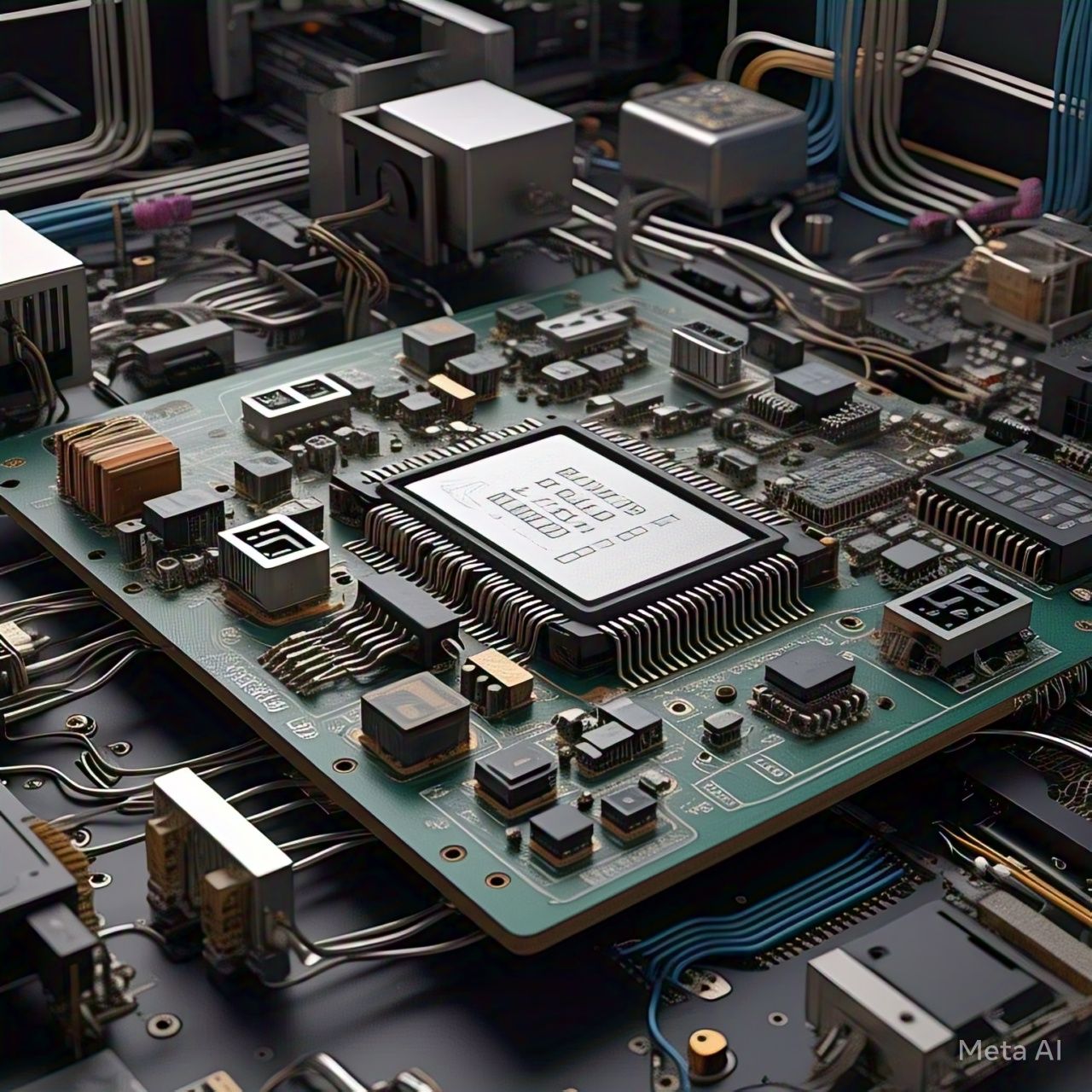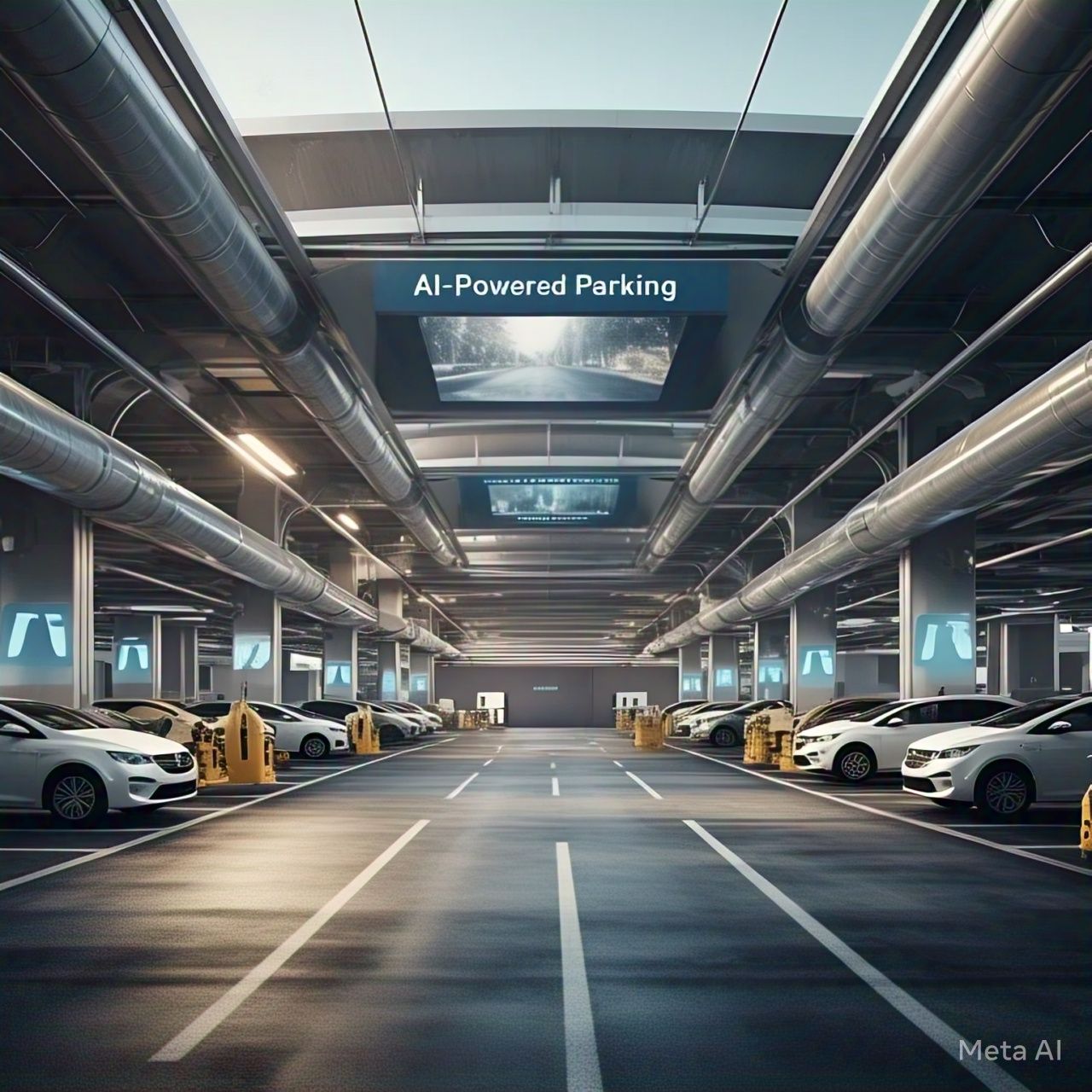Table of Contents
- Introduction
- The Role of AI in Road Safety
- AI-Powered Traffic Management Systems
- Advanced Driver Assistance Systems (ADAS)
- AI in Predictive Analytics for Accident Prevention
- AI and Autonomous Vehicles: A Game Changer for Road Safety
- AI in Emergency Response and Post-Accident Analysis
- Challenges and Limitations of AI in Road Safety
- The Future of AI in Reducing Road Accidents
- Conclusion
- FAQs
1. Introduction
Road accidents remain a global issue, causing millions of deaths and injuries each year. Human errors, such as distracted driving, speeding, and impaired judgment, contribute to most accidents. Artificial Intelligence (AI) has emerged as a powerful tool to enhance road safety by predicting, preventing, and mitigating accidents. This article explores how AI is revolutionizing road safety and reducing traffic-related fatalities.
2. The Role of AI in Road Safety
AI leverages real-time data, machine learning algorithms, and predictive analytics to improve road safety. The primary ways AI enhances traffic safety include:
- Monitoring driver behavior to prevent reckless driving.
- Analyzing traffic patterns to predict and prevent congestion-related accidents.
- Enhancing vehicle safety through intelligent automation.
- Assisting emergency response teams for faster accident recovery.
These applications make AI a crucial technology in modern traffic management.
3. AI-Powered Traffic Management Systems
AI-driven traffic management systems use real-time data to improve road safety and prevent accidents. Key features include:
3.1 Smart Traffic Lights
AI-controlled traffic lights optimize signal timings based on real-time vehicle flow, reducing congestion and accident risks.
3.2 AI-Driven Surveillance
Cameras equipped with AI can detect:
- Speed violations
- Reckless driving
- Illegal lane changes
These systems alert authorities and issue automated fines to prevent dangerous behaviors.
3.3 Real-Time Traffic Prediction
AI-based predictive models analyze historical data and current conditions to suggest alternative routes, reducing the risk of accidents caused by congestion and road hazards.
4. Advanced Driver Assistance Systems (ADAS)
ADAS is an AI-powered safety feature integrated into modern vehicles to assist drivers and prevent collisions. Key AI-based ADAS features include:
| Feature | Function | Impact on Road Safety |
|---|---|---|
| Adaptive Cruise Control | Maintains safe following distance | Reduces rear-end collisions |
| Lane Departure Warning | Alerts driver if vehicle drifts from lane | Prevents lane-change accidents |
| Automatic Emergency Braking | Detects obstacles and applies brakes automatically | Minimizes collision impact |
| Blind Spot Monitoring | Alerts driver to vehicles in blind spots | Reduces side-swipe accidents |
| Traffic Sign Recognition | Reads and displays road signs | Prevents violations and driver distractions |
ADAS reduces human errors, improving overall road safety.
5. AI in Predictive Analytics for Accident Prevention
AI-driven predictive analytics can forecast accident-prone areas and identify risky driving behaviors using:
- Machine Learning Algorithms: AI detects patterns in accident reports and suggests preventive measures.
- Telematics Data: Connected vehicles provide insights into driver habits and road conditions.
- Weather and Road Condition Analysis: AI integrates meteorological data to warn drivers about hazardous conditions.
This proactive approach significantly reduces the likelihood of accidents.
6. AI and Autonomous Vehicles: A Game Changer for Road Safety
Self-driving cars, powered by AI, promise to revolutionize road safety by eliminating human errors. Key AI technologies in autonomous vehicles include:
- LiDAR and Computer Vision: Detects obstacles, pedestrians, and other vehicles.
- Machine Learning Algorithms: Predicts and reacts to road conditions.
- Vehicle-to-Everything (V2X) Communication: Enables cars to communicate with infrastructure, improving traffic coordination.
Studies show that autonomous vehicles could potentially reduce accidents by up to 90% if implemented effectively.
7. AI in Emergency Response and Post-Accident Analysis
AI enhances accident response times and post-crash analysis through:
7.1 Automated Crash Detection
AI-enabled sensors in vehicles detect collisions and automatically notify emergency services, reducing response time.
7.2 AI in First Responder Assistance
AI-powered dispatch systems prioritize emergency responses based on:
- Severity of the accident
- Traffic conditions
- Location of emergency units
7.3 AI-Based Accident Reconstruction
Machine learning analyzes crash data, helping investigators understand accident causes and improve future safety measures.
8. Challenges and Limitations of AI in Road Safety
Despite AI’s potential, several challenges must be addressed:
- High Implementation Costs: AI-driven traffic systems require significant investment.
- Data Privacy Concerns: AI surveillance systems may raise ethical issues.
- Cybersecurity Risks: AI traffic management is vulnerable to hacking.
- Dependence on Reliable Data: Inaccurate or incomplete data can reduce AI effectiveness.
- Integration with Existing Infrastructure: Upgrading traffic systems for AI compatibility is complex.
Addressing these challenges is crucial for maximizing AI’s benefits in road safety.
9. The Future of AI in Reducing Road Accidents
The future of AI in traffic safety includes:
- AI-Enhanced Road Infrastructure: Smart roads with embedded sensors and AI-driven traffic management.
- Advanced AI for Driver Monitoring: AI will detect driver fatigue and distractions more accurately.
- AI-Powered Traffic Law Enforcement: AI will automate violation detection and penalties.
- Collaboration Between AI and Human Drivers: Semi-autonomous systems will enhance driver decision-making.
With continued advancements, AI will play an even greater role in reducing road accidents and saving lives.
10. Conclusion
AI is transforming road safety by preventing accidents, optimizing traffic flow, and assisting emergency responses. Technologies such as ADAS, predictive analytics, and autonomous vehicles demonstrate AI’s ability to reduce road fatalities significantly. While challenges exist, continued development and integration of AI into transportation systems will lead to safer roads worldwide.
11. FAQs
1. How does AI help prevent road accidents?
AI prevents accidents through predictive analytics, real-time traffic monitoring, autonomous driving, and advanced driver assistance systems.
2. Can AI completely eliminate road accidents?
While AI significantly reduces accidents, human oversight and infrastructure improvements are still necessary for a fully safe road environment.
3. How do self-driving cars improve road safety?
Self-driving cars eliminate human errors, use AI for collision avoidance, and improve traffic coordination to reduce accidents.
4. What are the biggest challenges in AI-driven road safety?
Challenges include high costs, data privacy concerns, cybersecurity risks, and the need for AI integration into existing infrastructure.
5. What is the future of AI in road safety?
The future includes smart AI-driven infrastructure, improved driver monitoring, and enhanced collaboration between AI and human drivers.
Citations:
- World Health Organization (WHO) – Global Road Safety Report
- National Highway Traffic Safety Administration (NHTSA) – AI in Vehicle Safety
- MIT AI Lab – Machine Learning in Traffic Prediction
- SAE International – ADAS and Autonomous Vehicle Safety Standards
- Smart Cities Council – AI-Powered Traffic Management Initiatives




